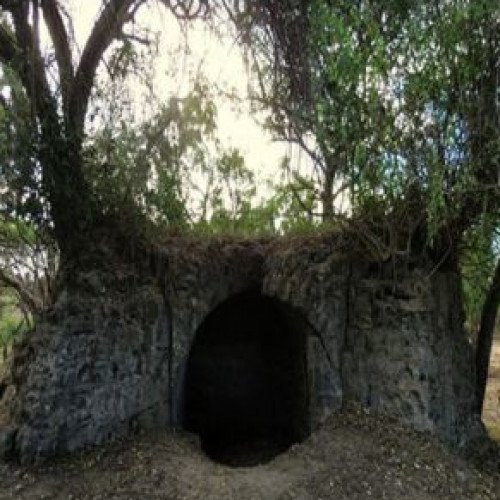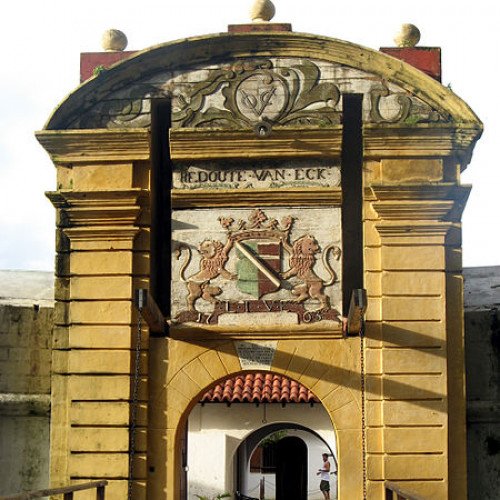Castles of "Sri Lanka" FORT BESCHUTTER vs STAR FORT

FORT BESCHUTTER
Fort Beschutter (Sinhala: බෙෂ්ෂටර් බලකොටුව Beshshatar Balakotuwa) or Fort Pass Beschutter (Tamil: பெசுச்சூட்டர் கடவைக் கோட்டை, romanized: Pecuccūṭṭar Kaṭavaik Kōṭṭai; Sinhala: බෙෂ්ෂටර් පාස් බලකොටුව Beshshatar Pas Balakotuwa) was a small fort, which was linearly located between Elephant Pass Fort and Fort Pass Pyl in the narrow part of the Jaffna peninsula. The strategic fort was used to protect Jaffna peninsula from the forces of mainland (Vanniyas and Sinhalese) as well as illegal access, smuggling, etc. Fort Beschutter was built as square-shaped fort like other two in the Elephant Pass area. It was completely destroyed and nothing found today.
Statistics for this Xoptio

STAR FORT
The Star Fort (Sinhala: මාතර තාරකා කොටුව Mathara Tharaka Kotuwa; Tamil: விண்மீன் கோட்டை, romanized: Viṇmīṉ Kōṭṭai) is a fort in Matara, Sri Lanka, located on the eastern bank of the Nilwala River, approximately 350 metres (1,150 ft) from the gate to the Matara fort. It was constructed by the Dutch in 1765, and was originally called Redoute Van Eck. In 1640 the Dutch completed the main fort at Matara but found it to be vulnerable from attacks coming from land. In 1762 Singhalese forces backed by Kandyan Kingdom attacked and took control of the fort. In 1763 the Dutch regained control of the fort and that year commenced construction of another smaller fort on the east bank of the Nilwala River, in order to protect the main fort from attacks originating from the river. The Star Fort was built to a unique shape of a six pointed star with space for 12 large cannons to cover approaches from all directions. The glacis or outer wall is approximately 7.5 metres (25 ft) wide and is surrounded by a 6 metres (20 ft) wide and 3.1 metres (10 ft) deep moat. The rampart walls of the fort are constructed out of granite rock and coral, and are 14 feet (4.3 m) in width. The fort was built to hold a small garrison, food supplies and enough ammunition to withstand an attack before being re-inforced from the main fort. The fort also had a two prison cells and a 2.75 metres (9.0 ft) diameter well in its centre to supply water. The drainage system was internal and disposed of the water collected from the monsoon rains to the moat. The date of construction (1765) is embossed over the main gate with the Dutch East India Company insignia and the coat of arms of the governor flanked by two rampart lions. The entrance gate of the Star Fort, which is faced with coral, is also emblazoned "Redoute Van Eck 1763", commemorating the Dutch Governor of Ceylon, Lubbert Jan baron van Eck (1719 - 1765). The roof of the building originally was roofed with cadjan leaves, which were later replaced with clay tiles.